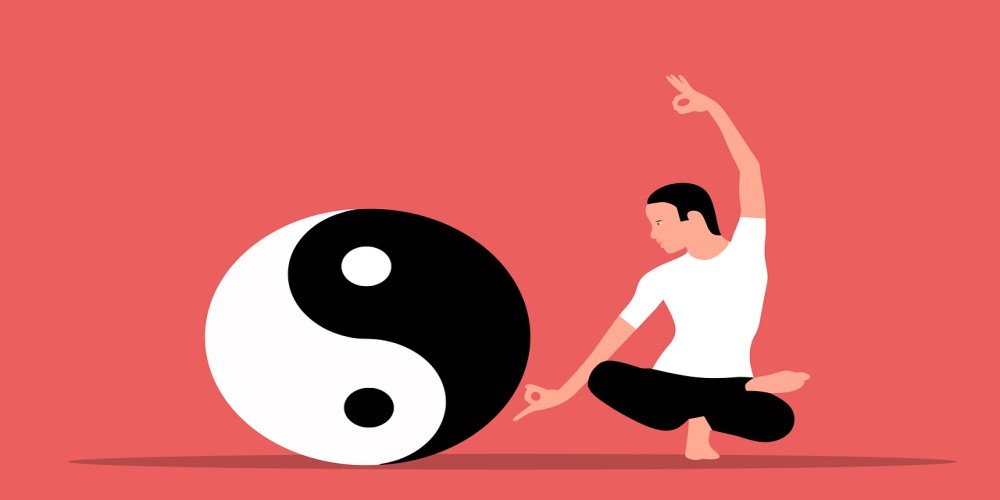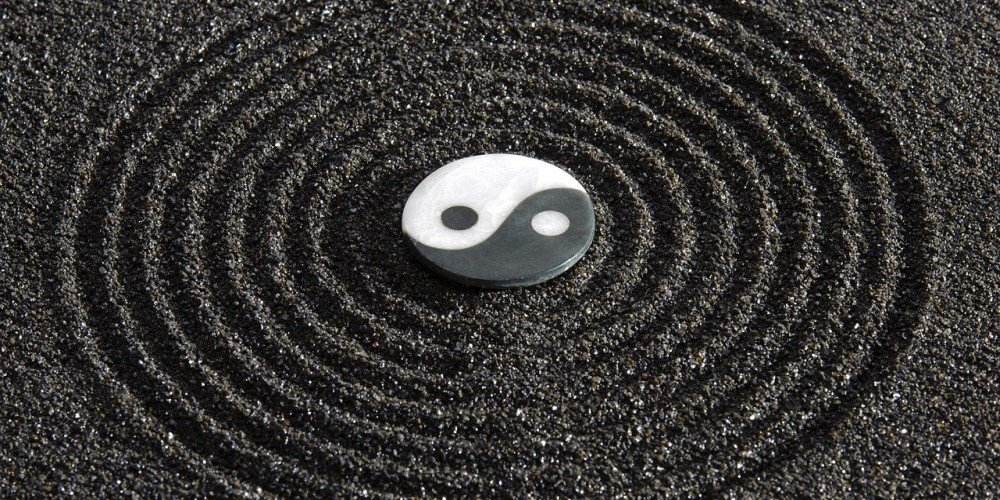What is Yin Yoga?
What Do You Need to Know about Yin Yoga?
Yin Yoga involves a series of sitting and lying postures that are usually held for 3-5 minutes at a time. During these long periods of quiet, stretching and relaxing the poses help to relax and melt away the remaining tension and stress. Yin Yoga also helps to release repressed or stored emotions through the postures, making the yogi feel lighter, clearer, and completely relaxed during and after practice.
Yin yoga is an excellent practice for beginners. It gives them plenty of time to discover the unique benefits of each pose without having to worry about tricky transitions. It is a well-established relaxing yoga method, a technique, so that practitioners at all levels can experience full body release. Even those who heal after an injury practice Yin Yoga.
The Concept of Yin and Yang
The concepts of Yin and Yang are similar to the concepts of Ida (moon) and Pingala (sun) from the Hatha yoga tradition. Yin Yang is mentioned in traditional Chinese medicine and Ida Pingala in yoga and Ayurveda.
These are the ancient principles that describe the two opposing forces in nature that are present in everything.
Yin refers to slow, soft, passive and cold. It is also associated with water, earth, moon, femininity, difficulty and night. Yang, on the other hand, refers to fast, hard, active, warm, masculine, light and sunny events.
In yoga we see this difference in the practice of asanas. Some yoga poses are passive and activate the properties of Yin in body and mind, while other poses are more dynamic and active, activating the properties of Yang.
Yin Yoga’s Origins Lay in the 1980s
Yin Yoga began in the late 1980s when Paul Grilley saw a performance on national television by Paulie Zink, a martial arts champion, Taoist yoga instructor. Paul Grilley was impressed by Paulie Zink’s flexibility and movement. So he went to see Paulie Zink and attended his Taoist yoga classes. There he practiced holding poses for five to ten minutes.
Paul did not experience much improvement in his own flexibility even after taking Taoist yoga classes regularly for many months. So he stopped going to classes and continued to practice and teach dynamic forms of yoga, such as Vinyasa yoga.
Over time, he began teaching passive stretching lessons. The results were overwhelming, the flexibility of the practitioners improved rapidly and there was a lot of positive feedback. But he didn’t want people to confuse his classes with Indian hatha yoga, so he called his classes Yin Yang Yoga.
Sarah Powers, one of his students, pointed out that since he only taught passive Yin poses, it would be more appropriate to call his style just Yin yoga. From that moment on, it began to spread in the yoga community.

The Difference between Yin Yoga and Other Yoga Styles
The primary difference is the duration the poses are held. In Yin Yoga, most poses are held between 5 and 10 minutes. This is in contrast to dynamic forms of yoga such as Ashtanga or Vinyasa, where poses are held for 5-10 breaths and we are constantly moving between poses.
Although Hatha Yoga is much more static, most poses (for beginners) are held up to one minute. So even in Hatha Yoga, we usually don’t hold poses as long as in Yin Yoga .(FYI: Traditionally, however, asanas were also held for 5-10 minutes!)
If a pose is held for a longer period of time, stretching is applied to the Yin tissues, deeper body tissues such as tendons, fascia, ligaments, and other connective tissues. Our yin tissues have a lower blood supply and are less flexible, so they need more time to stretch. Regular stretching increases the overall flexibility, circulation and range of motion of the joints and ligaments.
In dynamic yoga styles like Vinyasa Yoga and modern Hatha Yoga, movement forces the muscles to take on the main load and stretch. The muscles are Yang tissues; they heat up quickly and elongate, but they also cool down quickly and bounce back. That’s why if you don’t exercise for a few days, you’ll experience a big drop in flexibility and strength.
So if you only practice dynamic forms of exercise or yoga, you gain muscle strength, but not necessarily a wider range of motion. To gain a healthy range of motion around our joints many of us need to stretch both the deep connective tissue and the joints as well.
Paul says Yin yoga is a complementary practice, not a substitute for Yang practices.
If you are interested in this type of yoga, you should definitely try Yin Yoga in on of the the best yoga studios in Budapest! Follow YogaYogi on Facebook for more articles about yoga, a healthy lifestyle and related events in Budapest.
 English
English magyar
magyar